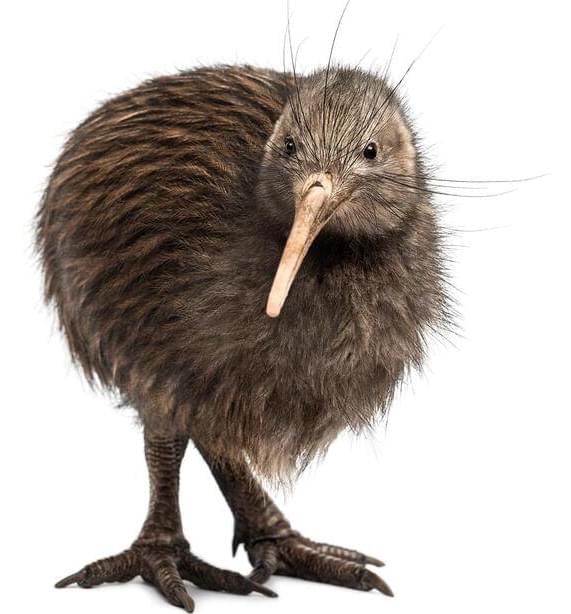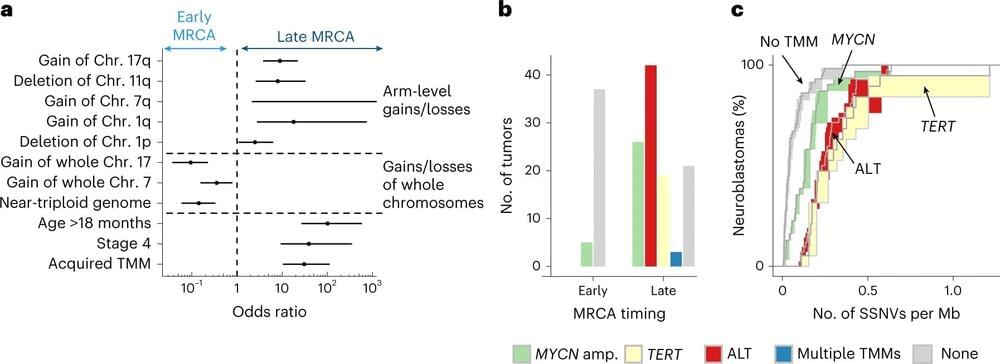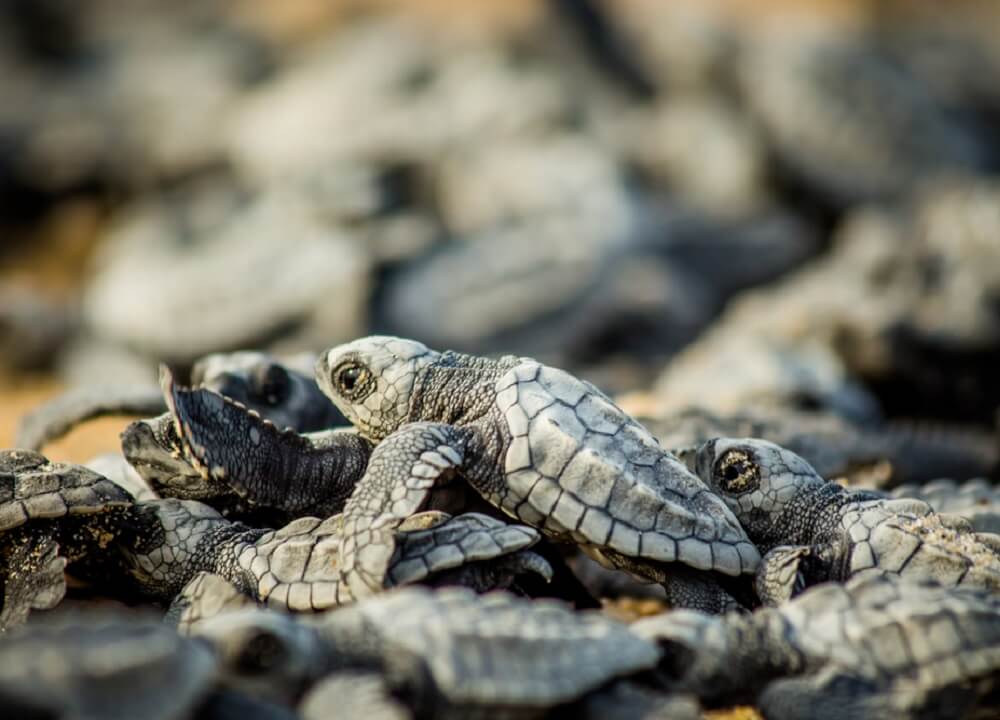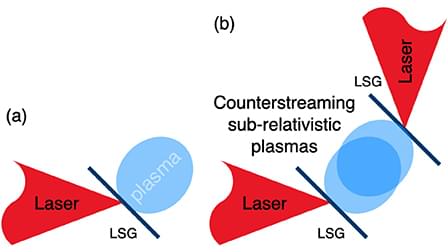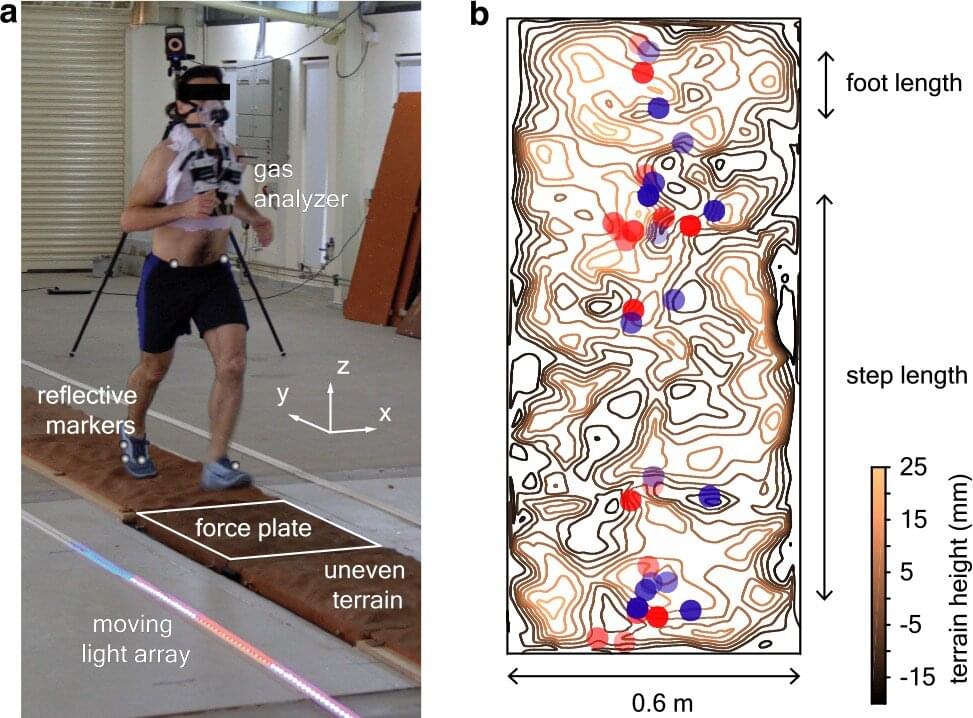An RNA-dependent RNA polymerase ribozyme that was highly optimized through in vitro evolution for the ability to copy a broad range of template sequences exhibits promiscuity toward other nucleic acids and nucleic acid analogues, including DNA, threose nucleic acid (TNA), and arabinose nucleic acid (ANA). By operating on various RNA templates, the ribozyme catalyzes multiple successive additions of DNA, TNA, or ANA monomers, although with reduced efficiency compared to RNA monomers. The ribozyme can also copy DNA or TNA templates to complementary RNAs, and to a lesser extent it can operate when both the template and product strands are composed of DNA, TNA, or ANA. These results suggest that polymerase ribozymes, which are thought to have replicated RNA genomes during the early history of life, could have transferred RNA-based genetic information to and from DNA, enabling the emergence of DNA genomes prior to the emergence of proteins. In addition, genetic systems based on nucleic acid-like molecules, which have been proposed as precursors or contemporaries of RNA-based life, could have been operated upon by a promiscuous polymerase ribozyme, thus enabling the evolutionary transition between early genetic systems.
Keywords: RNA world; XNA; origins of life; polymerase; reverse transcriptase; ribozyme.



